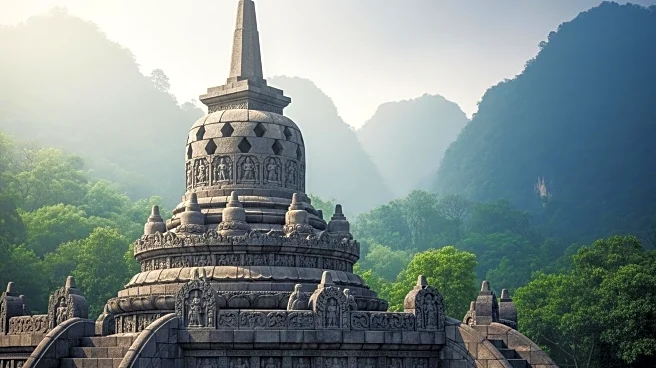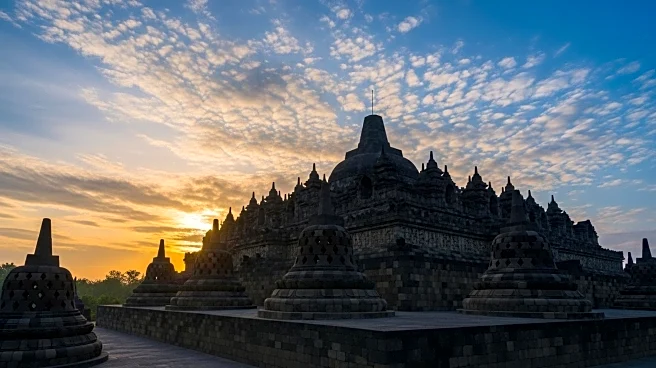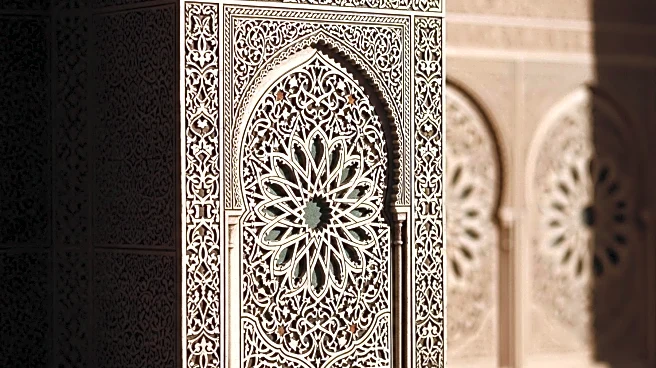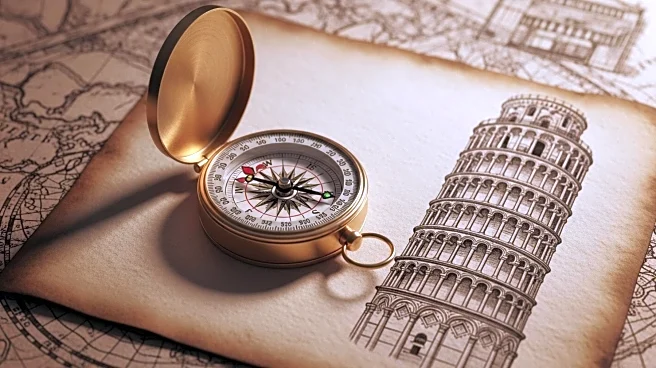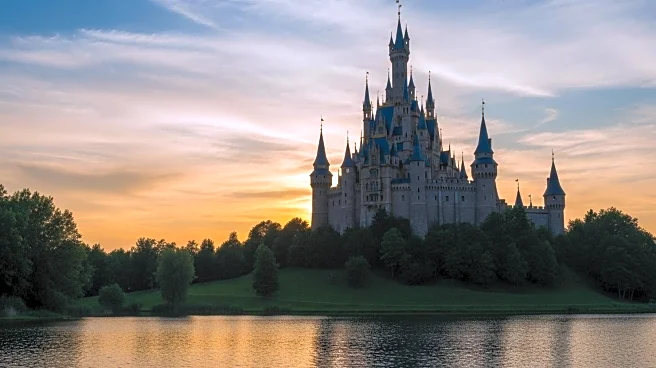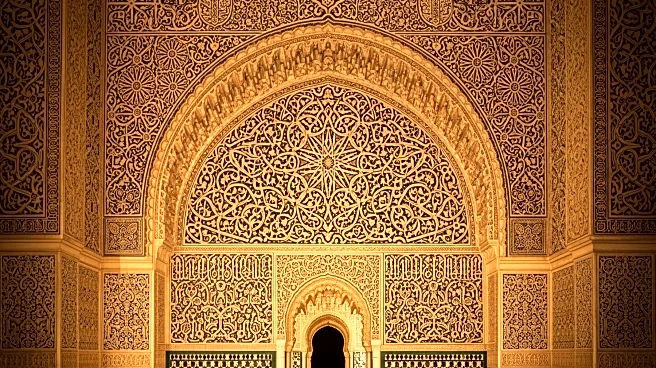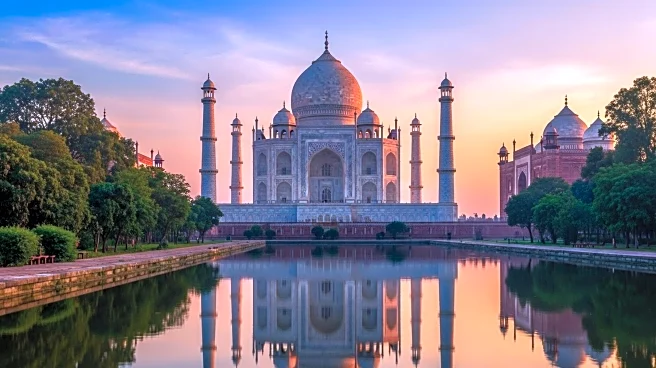Borobudur's timeline is a fascinating journey from its construction in the 9th century to its rediscovery and restoration in the modern era. Built during the Sailendra Dynasty, the temple was abandoned in the 14th century as Islam spread in the region. Rediscovered by Thomas Stamford Raffles in 1814, Borobudur underwent significant restoration efforts, culminating in its designation as a UNESCO World Heritage Site.
Origins
Borobudur was constructed in the 9th century under the Sailendra Dynasty, reflecting the era's devotion to Buddhism and architectural innovation. Its design incorporates Javanese Buddhist architecture and indigenous Indonesian traditions.
Key Phases
The temple's abandonment in the 14th century marked a key phase in its history, as the region's religious landscape shifted. Its rediscovery in 1814 by Raffles initiated a new phase of preservation and restoration.
Turning Points
The major restoration project completed in 1983 was a turning point for Borobudur, stabilizing its foundations and ensuring its survival. This effort, supported by UNESCO, marked a new era of recognition and preservation.
Present Status in Source
Today, Borobudur stands as a UNESCO World Heritage Site, attracting tourists and scholars from around the world. Its status as a cultural and historical icon continues to grow, reflecting its enduring significance.
 Discover Daily • 7 min read
Discover Daily • 7 min read 